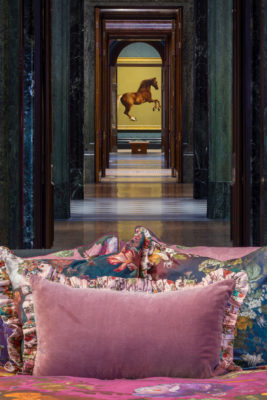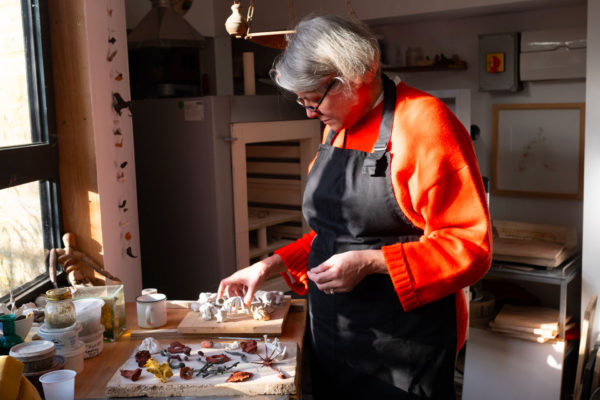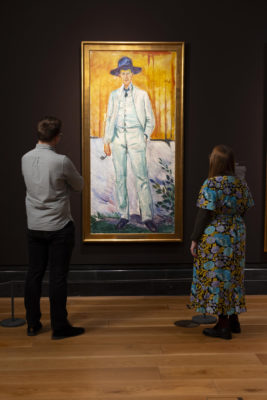What Does The Future Of Art Collecting Look Like?
By
1 day ago
Out with the old...
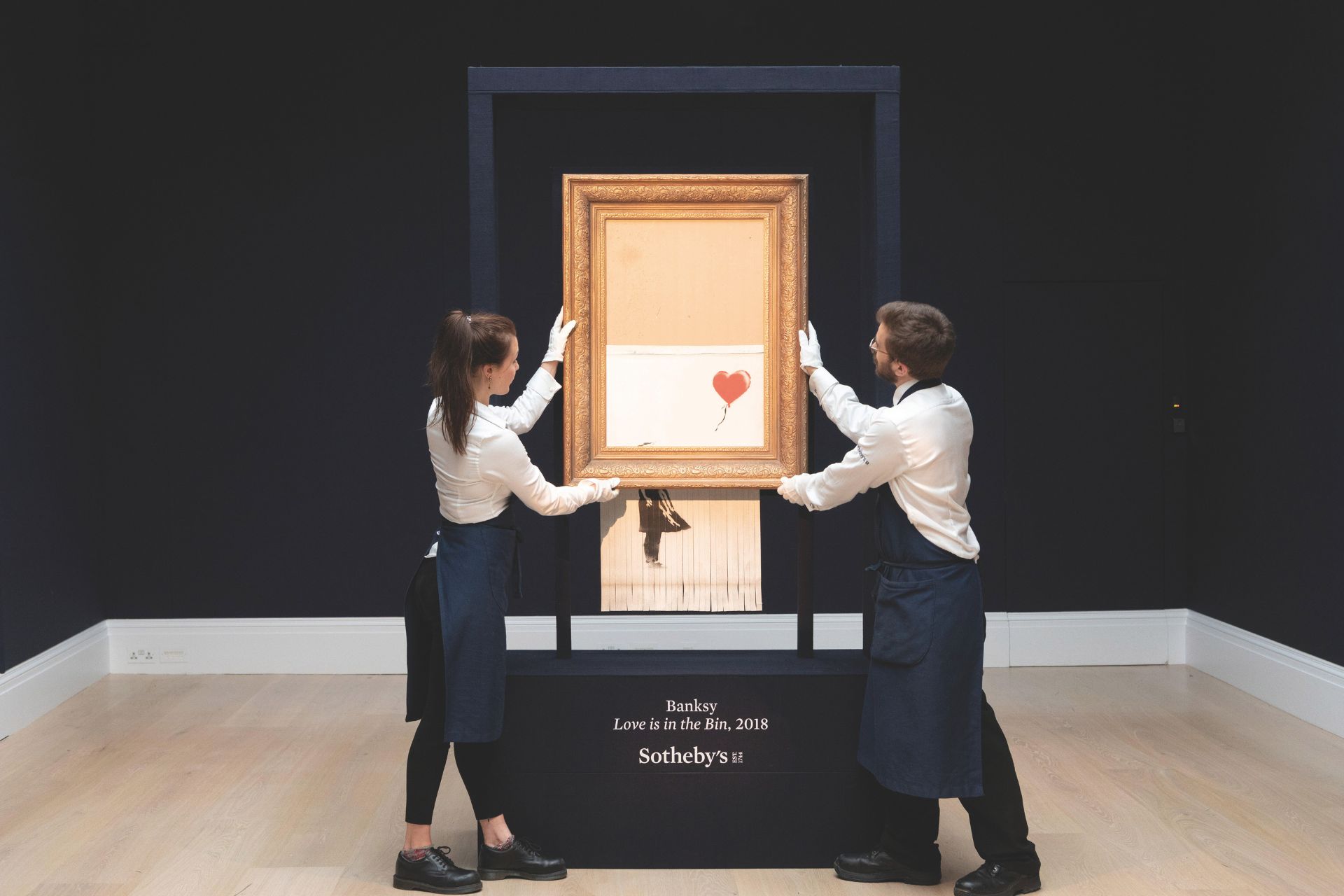
John Huddy reflects on how young collectors are stealing the march when it comes to art in the 21st century.
Inside The Rise Of Young Art Collectors
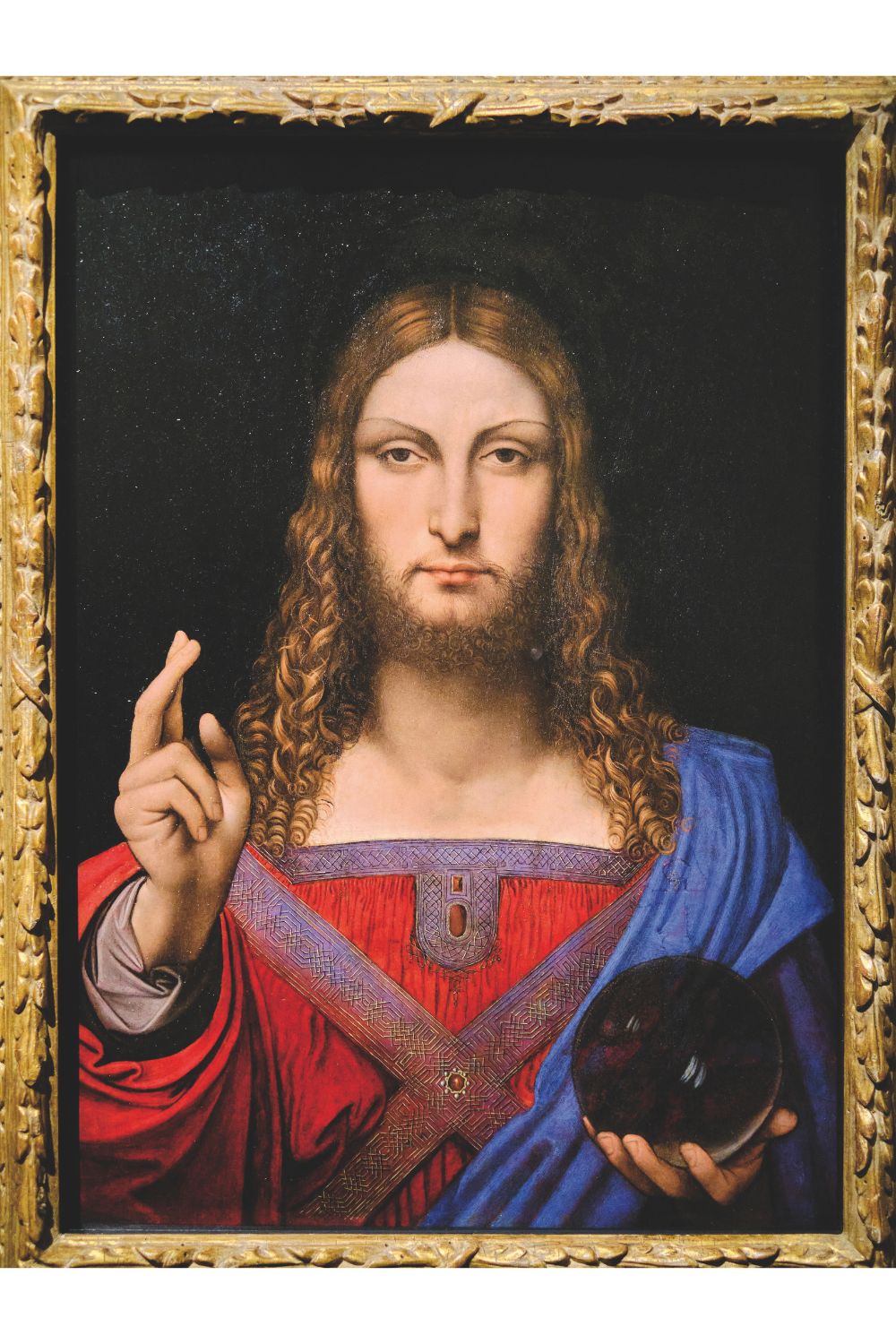
Salvator Mundi, aka ‘the male Mona Lisa’ | Courtesy of Alamy
Found bleeding in a backstreet of Rome, self-confessed forger Eric Hebborn was dealt a lethal blow to the back of the head in January 1996. In a career spanning almost four decades this notorious restorer-turned-forger asserted that he had an artwork in every major museum in the world, infiltrating the international art market with paintings, drawings and even sculpture. Cleverly, he allowed attribution to be the domain of experts from leading auctions houses and dealerships, a tactic he outlined in his memoir Drawn to Trouble: Confessions of a Master Forger. Given the sums involved, this may well have led to his untimely demise.
More recently, Salvator Mundi – the so-called male Mona Lisa, a rediscovered work attributed to Leonardo da Vinci – came under the hammer at Christie’s in 2017; selling in excess of $450m, it’s the most expensive painting ever sold. Purchased on behalf of Prince Mohammed Bin Salman and intended as the showpiece of the new Louvre in Abu Dhabi, it’s been beset with scandal, high- profile legal proceedings over the pricing alongside questions of authenticity. It’s subsequently been withdrawn from its intended display. Such scandals are almost common currency in the Old Masters world, so it’s hardly surprising these more traditional arenas are increasingly shunned by a younger collecting demographic.
The new millennium has witnessed an explosion of interest in the arts worldwide and a billowing mushroom cloud of art investment. With the media spotlighting the vagaries of traditional collecting, a declining interest in the older staples – Old Masters and English furniture – is no coincidence. Who wouldn’t be enchanted by Maurizio Cattelan’s $6m banana (Comedian, 2024), or the drama of a shredded Banksy (Girl with Balloon, 2006)? One only has to reflect upon the exponential success of the Frieze art fairs, launched in London in 2003 and dedicated to work produced post-2000. Last year’s was attended by more than 90,000 visitors, and it now hosts events in New York, LA and Seoul. A 2022 survey by Artsy (of 1,300 galleries and dealers in 84 countries) found that 64 percent of collectors are aged 35 to 54, while according to the 2024 Art Market Report, the global market for contemporary art is now worth $1.88bn. ‘The segment has become a key pillar of the global art market,’ the report states, ‘now representing 17 percent of its total value, compared to just three percent at the start of the 21st century.’
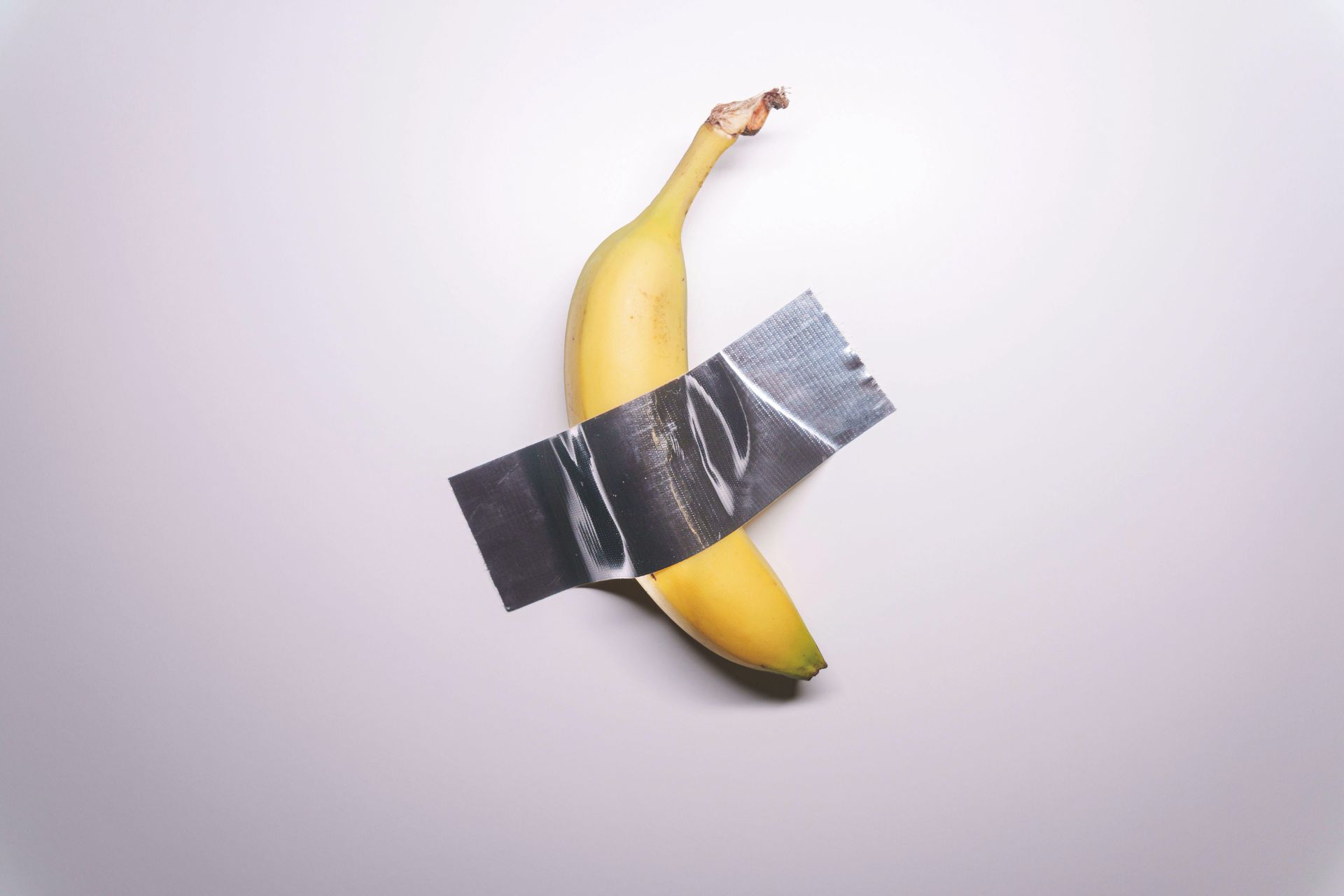
Maurizio Cattelan’s Comedian (2024) | Courtesy of Alamy
‘The appeal of collecting contemporary art is ever growing,’ says Sarah Talbot of Talbot Capes Fine Art Management. ‘Young people are feeling increasingly confident in navigating the art world and doing so through the “ultra” contemporary sphere tends to be more straightforward – bypassing auctions to visit fairs, exploring at their own pace, and building relationships with artists and galleries.’
Lifelong collector Gerard Neill, graduate of the Courtauld Institute of Art, has seen his own tastes change in recent years. Passionate about works on paper, he originally hunted out 19th-century drawings but was one of the firstto turn his gaze on contemporary British book illustration, forming one of the most prominent collections of foremost British illustrator Angela Barrett’s work. Demand from Neill and others has given validation to the market and the secondary market is now playing catch-up. Similarly, young enthusiasts are leading the charge for collecting manga, graphic novels, film posters, animation cells and original film artwork, a new media canon that will receive curatorial attention at the Lucas Museum of Film Narrative Art, scheduled to open in LA next year. The art-world jungle might still be a little predatory, but its new genres and novel ways of navigating them keep it fascinatingly beautiful.
John Huddy is the founder of ILeopard Creative Arts Advisory. ileopardcreative.com
Photos courtesy of Alamy.




